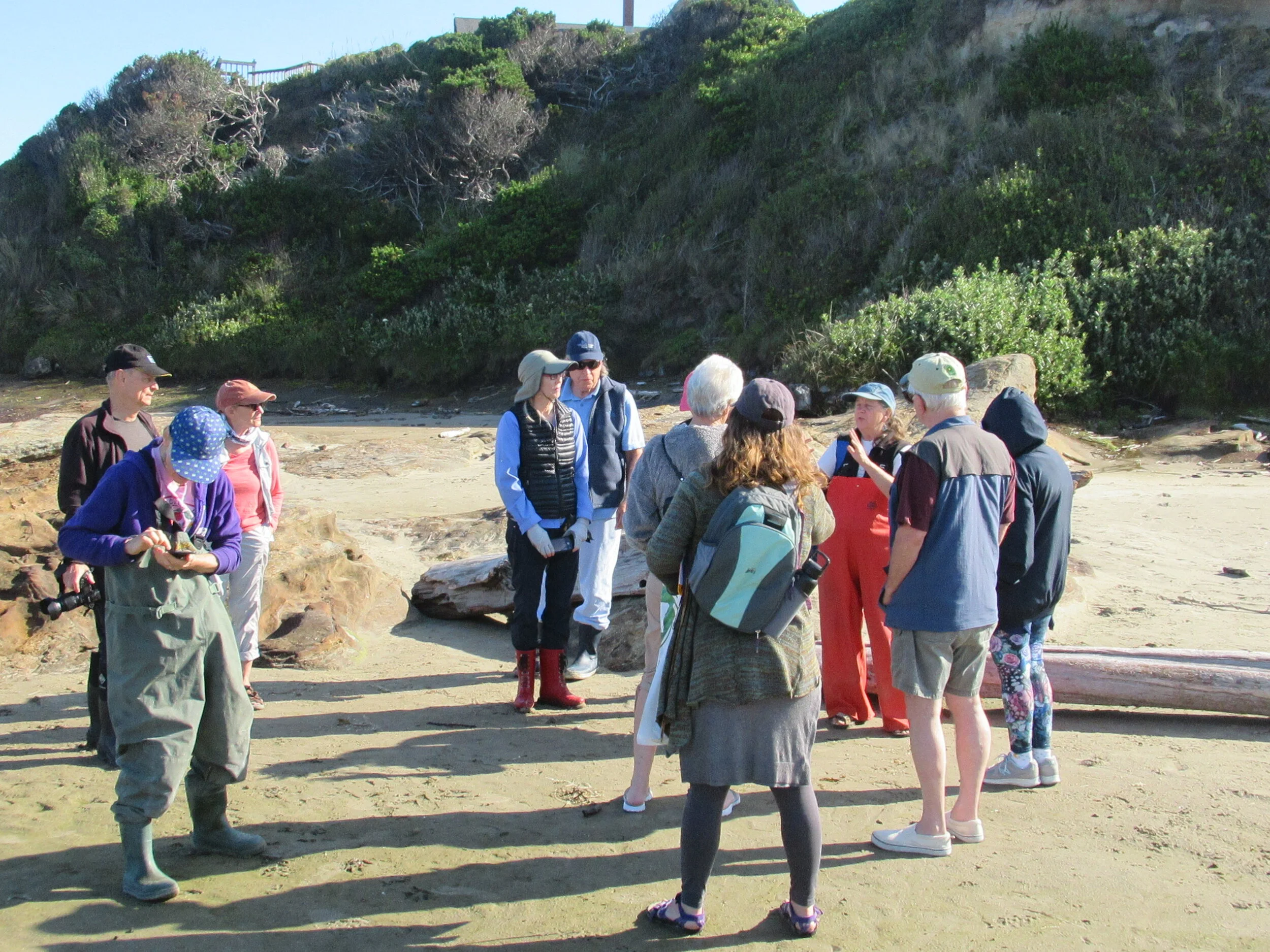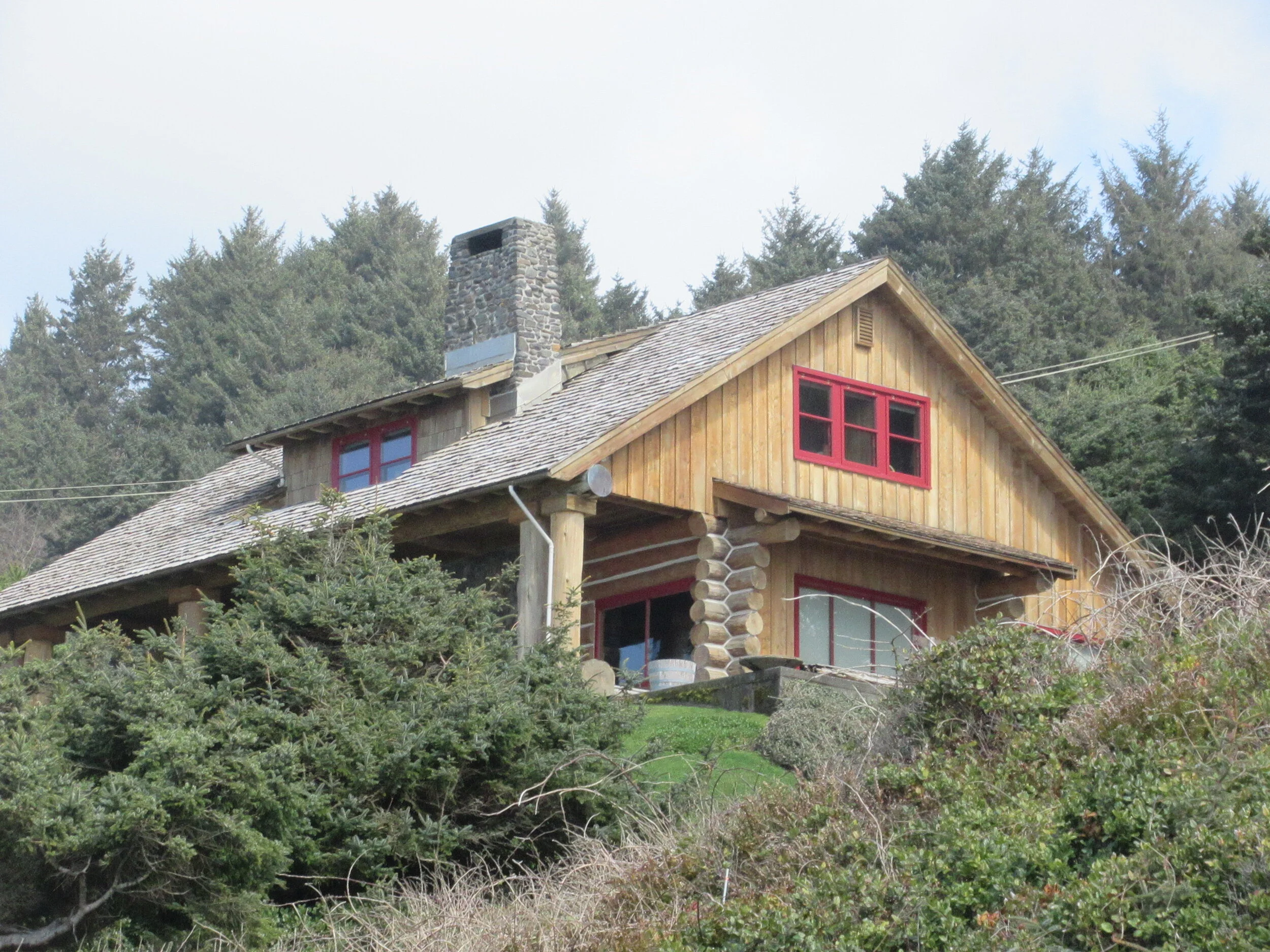Dave’s Detours — Cannon Beach & Oswald West



By Dave Powell
For the TODAY
Last year I proposed a series of articles about detours or “longcuts” on the Oregon Coast Trail (OCT). That’s back when things were “the old normal.” People traveled, didn’t need masks, and Oregon Parks and Recreation Department was in the process of releasing new, updated maps of the Oregon Coast Trail. We all know what happened — COVID-19, closures of businesses and schools, quarantines, hospitals pushed to the limit, and more than 500,000 dead. In that scheme of things, my not finishing the OCT last year pales.
It is 2021, another year, and there are again going to be problems.
Last fall saw multiple OCT trail failures. A wind storm last September closed North Neahkahnie Trail (hundreds if not thousands of trees fell in the storm-and the last word is the trail will have to be re-established). Arch Cape was partially closed, now is totally closed — a falling tree removed a footbridge from its foundation. All trails at Cape Lookout are damaged. The trail from Seaside to Ecola Park is now re-opened. All the trails at Ecola used by OCT are now open.
Trailkeepers of Oregon (TKO) worked at Sitka Sedge two weeks ago, two trails closed since last fall are now open (I helped). TKO is working on Falcon Cove Trail and Elk Flats in Oswald West Park. If you have some spare time, you can also help at TKO to get the trails open for hikers. Hey, they let me work with them…
So, time for a detour, NOT! The two spots in today’s article are on the northern section of the Oregon Coast Trail — in Clatsop County. Both relate to why Oregon is different, and why it is such a great place.
The first historical touchstone is Oswald West’s house in Cannon Beach. In 1912, he bought property in Cannon Beach, and didn’t want things to head south (think California’s private beaches). In 1913, he proposed a short, 66-word bill making Oregon’s coast “highways.” The result was for nearly 50 years Oregon’s beaches didn’t become private property, Oregonians grew into their inheritance. For 50 years, the beaches were OURS. The change from potential “highway” to “recreation area” was done by the legislature in 1947.
His house overlooks the beach on the south side of Cannon Beach.
My proposed walk is almost two miles, starting at “Whale Park” in Cannon Beach at Third and Hemlock. Head out to the beach, turn left/south. About three quarters of a mile of walking brings you to BA 15 Cannon Beach. Another third of a mile brings you to Haystack Rock. During the summer, the Haystack Rock Awareness Program gives lectures about the rock and wildlife that call it home. Another fifth of a mile gets you to the Oswald West steps to the beach. The rustic house was the summer retreat of Oswald West. On May 30, 1991, a 16-year-old burned the house. It took until 1995 for the reconstruction to finish — good enough to win an award. After the house, another three fifths of a mile gets you to BA 16 Tolovana, with picnic tables, good rest rooms, food and even a playground.
The second touchstone is the Matt Kramer memorial. While Gov. West had protected the “wet sands” with his bill, developers were ready to “privatize” the dry sands. Even Oregon’s Highway Department was planning to violate its agreement with the Federal Bureau of Land Management — it received two parcels at Nestucca Spit for “State Park Purposes for Public recreation.” Matt’s continued articles about the necessity of the “Beach Bill” were one of the factors that prevented it dying.
The hike to the memorial is only about one and a quarter mile out and back. On Highway 101, use the biggest parking area on the east side at mile 39.2. At the north end of the parking lot take the trail down to Short Sands Beach. It is roughly half a mile of paved and gravel path ending at the beach. At the sign “BA 20" turn right onto Kramer Memorial Trail — it is uphill (roughly 100 feet elevation) and it has lots of tree knobs in the trail. Fortunately, it is only 300 yards to the memorial. Enjoy the view on the bench beside the memorial, read the monument placed in 1972, and appreciate what we have “The people of Oregon hereby express their gratitude to Matt Kramer of the Associated Press, whose clear and incisive newspaper articles were instrumental in gaining public support for passing of the 1967 Beach Bill. This landmark legislation guarantees forever the public’s right to the free and uninterrupted use of one of Oregon’s most popular recreation attractions, its ocean beaches.”
Please stay safe on the trails — and in a short time the new normal will be the old normal, with Oregon Shores/Coastwatch conducting trainings about OUR beaches.
Final Tally: Five and a quarter miles of picturesque opportunity and some history with Dave’s Detour.
